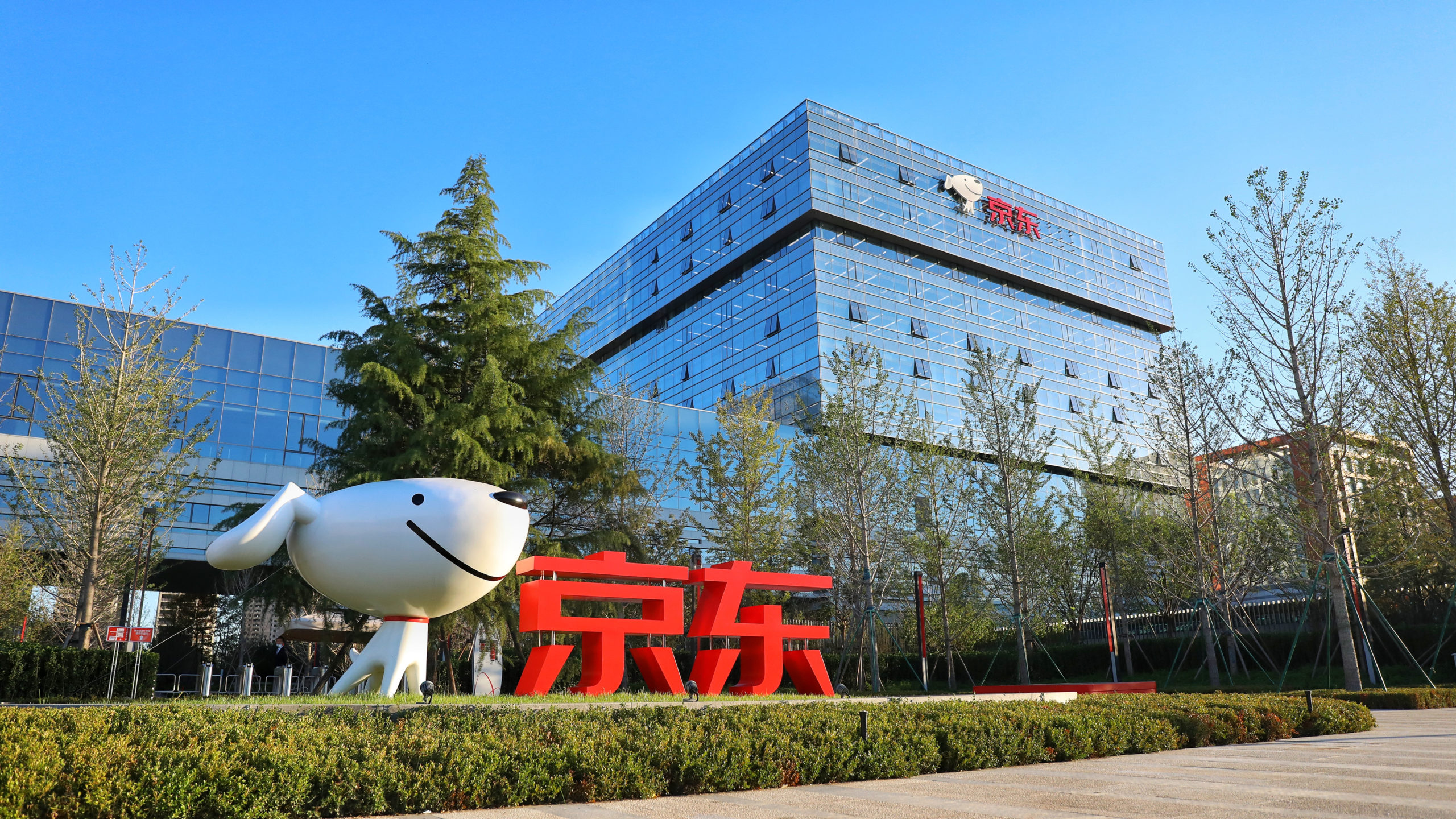Asia Pacific ETF Market Reaches Record Heights as Fixed Income Flows Drive Growth
tldr;
The Asia Pacific ETF market has achieved a watershed moment, with assets under management reaching US$1.37 trillion at the end of the first half of 2025, according to ETFGI's latest industry report. This remarkable milestone represents an 18.7% year-to-date growth and underscores a fundamental shift in investment preferences across the region. For Singapore's discerning investors, this growth trajectory presents both opportunities and strategic considerations in portfolio construction.
The driving force behind this unprecedented expansion has been the substantial inflows into fixed income ETFs and exchange-traded products (ETPs), with Singaporean investors emerging as particularly active participants in regional fixed income and money market products. This trend reflects a sophisticated preference for stability amid the evolving global interest rate environment, positioning Singapore as a crucial hub in Asia's ETF ecosystem.
Market Performance: Breaking Records Across Multiple Metrics
The numbers tell a compelling story of sustained growth momentum. ETFGI's comprehensive analysis reveals that the Asia Pacific ETF industry (excluding Japan) has not merely grown but has shattered previous records across multiple performance indicators.

Key Performance Indicators
The market's robust performance is evidenced by several critical metrics. Total assets under management reached US$1.37 trillion at the end of June 2025, surpassing the previous record of US$1.30 trillion set just one month earlier. This represents a remarkable 18.7% year-to-date growth from the US$1.15 trillion recorded at the end of 2024.
Equally impressive has been the consistency of investor demand, with June witnessing net inflows of US$17.18 billion, marking the fourth consecutive month of positive flows. This sustained appetite has contributed to historic year-to-date inflows of US$114.29 billion, representing the second-highest total on record, trailing only the peak of US$142.17 billion achieved in 2024.
"The ETF industry in Asia Pacific (excluding Japan) continues its strong momentum in 2025, reaching new milestones," noted ETFGI in their latest report, highlighting the region's exceptional performance trajectory.
Fixed Income: The Cornerstone of Growth
The standout performer in this growth narrative has been the fixed income segment, which has attracted substantial investor attention across the region. Fixed income ETFs gathered net inflows of US$13.09 billion during June alone, bringing total net inflows for the year through June 2025 to US$30.05 billion.
This performance, whilst slightly below the US$30.85 billion recorded in the same period of 2024, demonstrates the resilience and continued appeal of fixed income instruments in the current market environment. The sustained demand reflects investors' recognition of fixed income ETFs as essential portfolio components, particularly in an era of evolving monetary policy landscapes.

Global Context and Currency Considerations
The fixed income ETF surge extends beyond Asia Pacific, with global trends supporting the regional narrative. BlackRock's analysis indicates that despite recent volatility, US Treasuries have continued to attract consistent inflows throughout 2025, reinforcing their role as core allocations in global investor portfolios.
However, amid rising volatility in US treasuries and a weakening US dollar, investors are increasingly seeking diversification through global treasuries. The DXY Index, a commonly used benchmark for USD strength, has experienced an 8.4% decline this year, creating opportunities for USD-based investors to participate in potential foreign exchange upside through unhedged currency exposure.
"For USD-based investors, taking unhedged currency exposure could allow them to participate in potential FX upside in a more benign USD environment," according to BlackRock's Asia FIX report.
Singapore's Strategic Position in the ETF Ecosystem
Singapore's role in the Asia Pacific ETF market extends far beyond mere participation; it represents a strategic nexus for sophisticated investors seeking exposure to regional opportunities whilst maintaining access to global markets. The city-state's investors have demonstrated particular acumen in navigating the fixed income and money market segments, reflecting both regulatory advantages and investor sophistication.
Regulatory Environment and Market Access
Singapore's regulatory framework, overseen by the Monetary Authority of Singapore (MAS), has created an environment conducive to ETF growth. The recent easing of the S$NEER policy stance has contributed to a lower interest rate environment, which typically boosts bond prices and enables REITs to refinance debt at more favourable terms.

This regulatory backdrop has positioned Singapore as an attractive domicile for ETF listings and has facilitated the launch of innovative products tailored to regional investor needs. The Phillip SGD Money Market ETF, recognised as the first money market fund to be listed and traded on the Singapore Exchange, exemplifies this innovation trend.
Institutional and Retail Participation
Singapore's ETF market benefits from a diverse participant base, encompassing both institutional investors and sophisticated retail participants. The growing appetite for income-generating investments has been particularly pronounced, with products such as the Lion-Phillip S-REIT ETF, offering approximately 6% yields, attracting significant investor attention.
The diversification of Singapore's ETF offerings continues with new products such as the Lion-China Merchants Dividend ETF, which introduces broader dividend-focused exposure beyond traditional REITs and banking sectors. This expansion reflects the market's maturation and investors' desire for more nuanced exposure options.
Investment Implications for High-Earning Professionals
For Singapore's high-earning professionals, investors, and business owners, the current ETF market environment presents several strategic considerations that warrant careful analysis within the context of broader portfolio construction.
Portfolio Diversification Opportunities
The record growth in Asia Pacific ETF assets provides sophisticated investors with unprecedented access to diversified regional exposure. The ability to access a US$39 trillion global treasury market through a single ETF ticker, with exposure to over 45 countries and 1,900 government bonds, represents a significant evolution in investment accessibility.
European treasuries, comprising over 20% of global treasury ETF exposure, benefit from stronger macroeconomic tailwinds and a European Central Bank with greater monetary policy flexibility relative to the Federal Reserve. This includes a 4.5% allocation to German Bunds, among the few remaining AAA-rated government bonds in the global market.

Income Generation Strategies
The current interest rate environment presents what many analysts describe as a "generational opportunity" in fixed income. Globally, approximately 80% of fixed income assets now yield over 4%, with expectations that elevated yields will persist for the foreseeable future.
Singapore-based investors can capitalise on this environment through various ETF strategies, including REIT ETFs that provide regular dividend income and bond ETFs that offer steady, predictable returns. The Nikko AM SGD Investment Grade Corporate Bond ETF exemplifies this approach, offering capital preservation alongside income generation.
Market Outlook and Strategic Considerations
Looking ahead, several factors are likely to influence the trajectory of Asia Pacific ETF markets, with implications for Singapore-based investors and the broader regional ecosystem.
Technological Innovation and Algorithmic Trading
The rise of algorithmic trading over the past 12 to 18 months, driven by increased availability and comfort with big data, represents a significant trend affecting ETF markets. This technological evolution has encouraged the establishment of new quantitative funds, many of which have spun out from larger hedge funds with meaningful assets under management.
The proliferation of multi-asset pod systems, which follow different trading strategies across various assets and markets, creates consistent demand for comprehensive data solutions. This trend is particularly relevant for Singapore-based institutional investors and family offices seeking to leverage sophisticated trading strategies.
Climate Risk and ESG Integration
The increasing significance of transition and physical climate risk in investment decision-making represents another crucial development. Asian markets, particularly Japan, have demonstrated leadership in climate risk analytics, with institutions such as GPIF providing thought leadership that influences pension funds and asset managers throughout the region.

This trend towards ESG integration in ETF strategies is likely to accelerate, with investors seeking better understanding of how companies are tracking towards net zero goals. The availability of comprehensive emissions data across over 30,000 companies globally provides the foundation for increasingly sophisticated ESG-focused ETF products.
Conclusion: Navigating the New ETF Landscape
The Asia Pacific ETF market's achievement of record-breaking US$1.37 trillion in assets under management represents more than a statistical milestone; it signifies a fundamental shift in how investors across the region approach portfolio construction and diversification.
For Singapore's sophisticated investor community, this growth trajectory presents both opportunities and responsibilities. The substantial inflows into fixed income ETFs reflect a mature understanding of the need for stability amid global monetary policy transitions, whilst the continued innovation in product offerings provides access to previously inaccessible investment strategies.
The key to success in this evolving landscape lies in understanding the nuanced interplay between regional dynamics, global trends, and individual investment objectives. Singapore's position as a regional hub, combined with its regulatory sophistication and investor acumen, provides a distinct advantage in navigating these opportunities.
As the ETF market continues its expansion, with projections suggesting global bond ETFs could reach US$6 trillion in assets under management by 2030, Singapore-based investors are well-positioned to benefit from this growth whilst contributing to the market's continued evolution and sophistication.
The record-breaking performance of Asia Pacific ETFs in 2025 is not merely a reflection of market conditions but a testament to the growing sophistication of regional investors and the continued innovation of financial products designed to meet their evolving needs.
Let us know what you think about this topic, and what do you want to hear next.
Disclaimer: This article is for informational purposes only and does not constitute investment advice. All investments carry risk, including the potential loss of principal. Past performance does not guarantee future results. Investors should conduct their own research and consult with qualified financial advisors before making investment decisions. The information contained herein is believed to be accurate but is not guaranteed. Market conditions and regulations may change, affecting the relevance of this analysis.
References
- ETFGI. (2025, July 15). ETFGI reports assets invested in the ETFs industry in Asia Pacific (ex-Japan) reached a new record of US$1.37 trillion at the end of first half of 2025
- BlackRock. (2025, June). Asia FIX: Hunting for Treasur(ies)
- ICE. (2025). Outlook for 2025: Four growth areas to watch in Asia.
- POEMS. (2025). 2025 Singapore ETF Picks: Bond and REIT Strategies for Stable Returns.
- Horizon Trading. (2025). ETF Growth in APAC: Key Trends and Innovations in 2025
You can now be our community contributor and make a pitch to have your favourite personality be on our show.
Join our community group and drop us your insights on this topic.

-4.png?width=50&name=Square%20(2)-4.png)



.png?height=200&name=WnS%20146%20(2).png)




Let us know what you think of this post